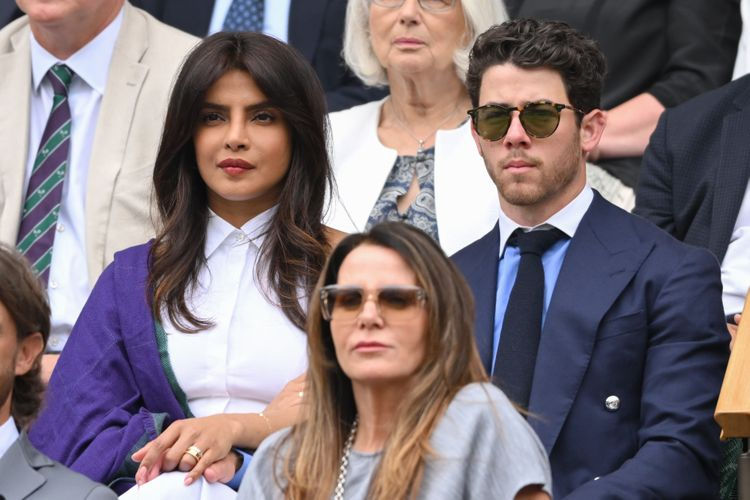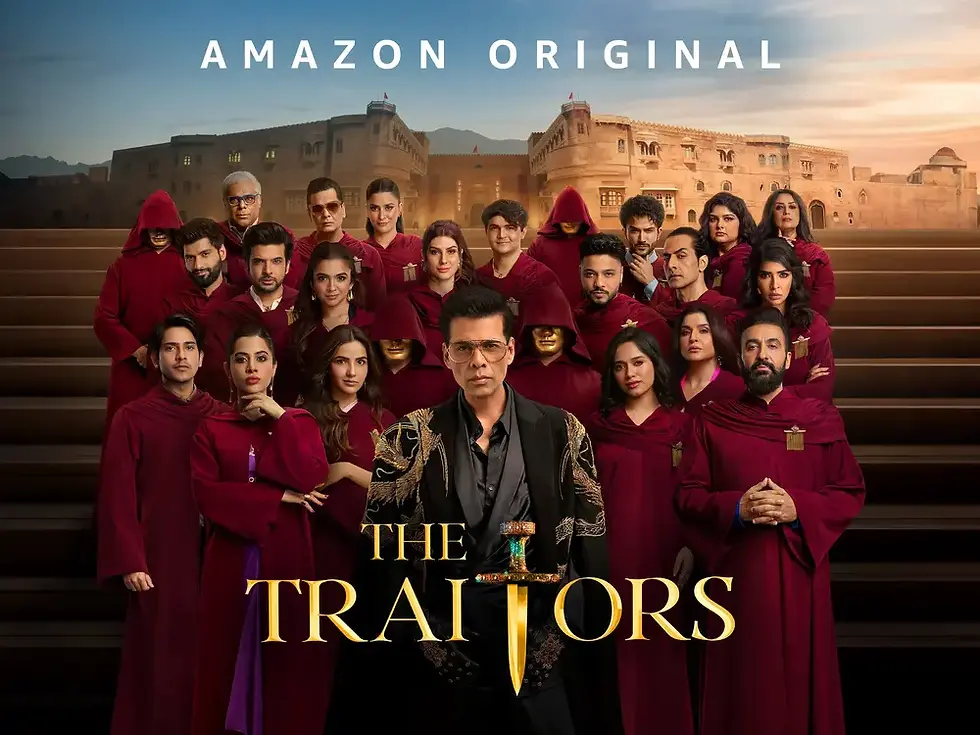When Prada Stole Our Chappals
- radhika-sinha

- Jul 27
- 4 min read
In the summer of 2025, Prada released a footwear collection that set the internet ablaze not for its innovation, but for its unmistakable resemblance to the Kolhapuri chappal, a handmade leather sandal native to Maharashtra and Karnataka. Retailing for over ₹60,000 ($700), the Italian luxury house’s version of the Indian staple was paraded down runways and splashed across editorials, while netizens called it out for cultural appropriation. But was it really theft? Or just another chapter in the fashion world’s long-standing history of South Asian erasure?

To be clear, there’s no legal violation here. Indian crafts, despite being centuries old, often lack geographic indication (GI) protections or international trademarks. So Prada’s Kolhapuri remix may be morally questionable but legally untouchable. What stood out more was our collective outrage, not because it was entirely misplaced but because of its irony. As a society, we often glorify Western validation while failing to acknowledge our own cultural wealth. Why does it take a Milanese runway to appreciate a craft that’s existed in our own closets for generations?
1. The Western Obsession With South Asian Aesthetics:
South Asian design is having a “moment” again. From Dior’s 2023 show at Mumbai’s Gateway of India to Chanel's recent capsule that borrowed Mughal embroidery patterns, the West is no longer subtle about sourcing inspiration from the subcontinent. But unlike the transparent collaborations we see in music or art, fashion often dances on a blurry line between homage and appropriation.
According to Business of Fashion, 14% of luxury fashion shows in the last two years have incorporated Indian motifs or textiles without explicitly crediting their cultural origin. Brands like Isabel Marant, Hermès, and even Louis Vuitton have all faced backlash in the past for selling items that resembled Indian dupatta prints or mirror work, priced exponentially higher than their indigenous counterparts.

Yet, it's not all cynical. Some designers do try to build inclusive ecosystems. For instance, Maria Grazia Chiuri of Dior collaborated with the Chanakya School of Craft in Mumbai, providing employment and visibility to over 300 Indian artisans. But this is the exception not the rule.
The question then becomes: Why is Indian aesthetic only fashionable when filtered through a Western lens? And why do we, the audience, respond to it with applause rather than questioning the erasure involved?
2. The Global Push of Indian Luxury by Indian Designers:
Amidst the storm of appropriation, a quieter revolution is happening. Designers like Sabyasachi Mukherjee and Rahul Mishra are not just exporting lehengas; they’re exporting identity. Sabyasachi’s flagship New York store, opened in 2023, was a watershed moment for Indian couture. His designs, once reserved for Bollywood brides, now sit next to Gucci and Dior in global fashion capitals. Celebrities like Reese Witherspoon, Zendaya, and Mindy Kaling have all sported his pieces part of a larger strategy to position Indian design as timeless luxury, not seasonal trend.

Rahul Mishra, meanwhile, has shown consistently at Paris Haute Couture Week since 2020, and became the first Indian designer to be invited to the Chambre Syndicale de la Haute Couture. His work, rooted in traditional zardozi, chikankari, and 3D floral hand-embroidery, is created by a team of 1,200+ artisans across Indian villages. Yet his designs retail for €5,000 - €12,000 in global markets and are worn by artists like Beyoncé, Viola Davis, and most recently, Margot Robbie at the 2024 Met Gala.
These designers are not just participating they’re leading. But why does it take international celebrity endorsement for us to take notice?
3. Our Colonial Hangover: A Cost Comparison We Don’t Want to Make:
Here’s a paradox worth noting: we gasp at the price of a ₹12,000 handcrafted Indian kurta but willingly drop ₹85,000 on a cotton Balenciaga T-shirt that says....Balenciaga. The colonial hangover isn’t just in language or education it’s embedded deep in our consumer psyche.
A recent Nielsen India study (2024) found that 74% of Indian millennials aspire to own at least one Western luxury item in their lifetime, while only 18% actively seek out Indian designerwear unless it's wedding-related. Why? Because one signals "arrival" in a global economy. The other? Still wrapped in the outdated tag of "ethnic wear."
Let's do a basic price comparison:
Item | Luxury Western Brand | Homegrown Indian Brand |
Silk Saree | Dior ₹1.2 lakh | Raw Mango ₹28,000 |
Embroidered Jacket | Balmain ₹2.5 lakh | Rahul Mishra ₹95,000 |
Handcrafted Sandals | Prada ₹60,000 | Kolhapuri Artisan ₹2,000–₹4,500 |
Even with similar craftsmanship (and in some cases, the exact same karigars), the price tags and prestige differ wildly.
We are a nation that celebrates heritage but validates it only when it's exported and marked up. Until then, we dismiss
it as “local” a word that has somehow become synonymous with lesser.
Time to Reclaim Before We React
The Prada-Kolhapuri incident is more than just a fashion faux pas. It’s a mirror. And what it reflects isn’t just appropriation it’s our own apathy. We are quick to outrage, quick to trend, but slow to support. It’s time we reframe the narrative. Let’s not wait for the West to discover our treasures. Let’s elevate our artisans, invest in our designers, and proudly wear our identity not just at weddings or on Republic Day, but on red carpets, on casual Fridays, and everyday Instagram posts.
Because cultural capital, once lost to colonisation, doesn’t need to be stolen again. Sometimes, we just need to claim it first.



Comments